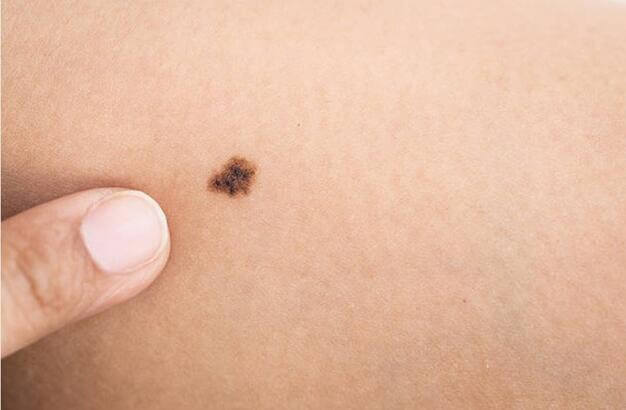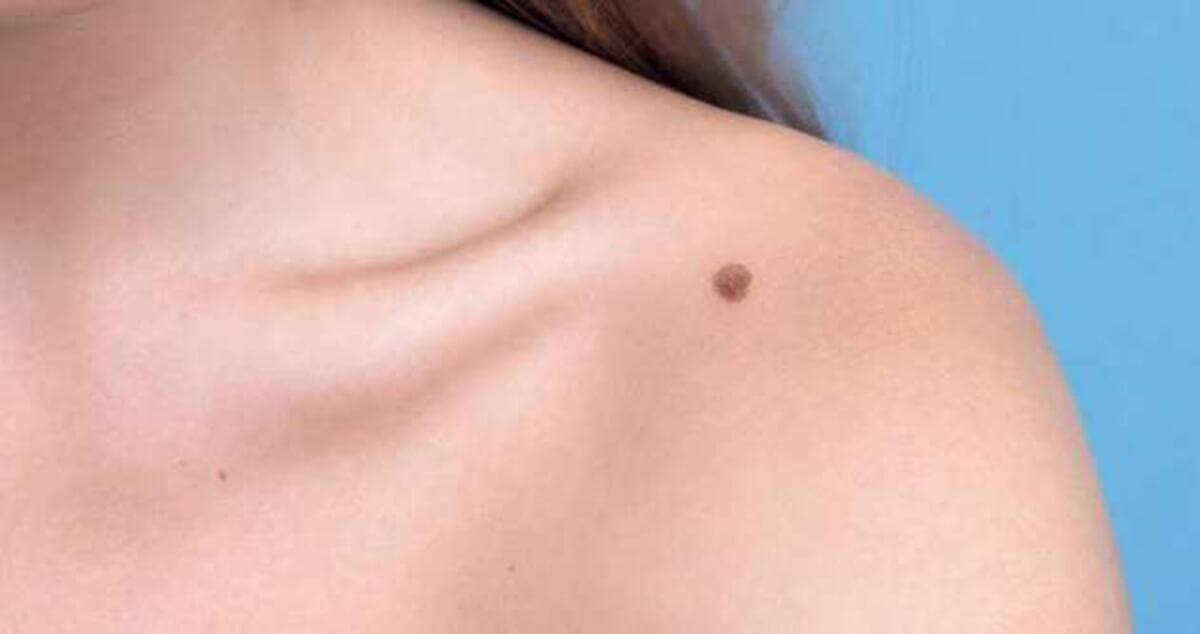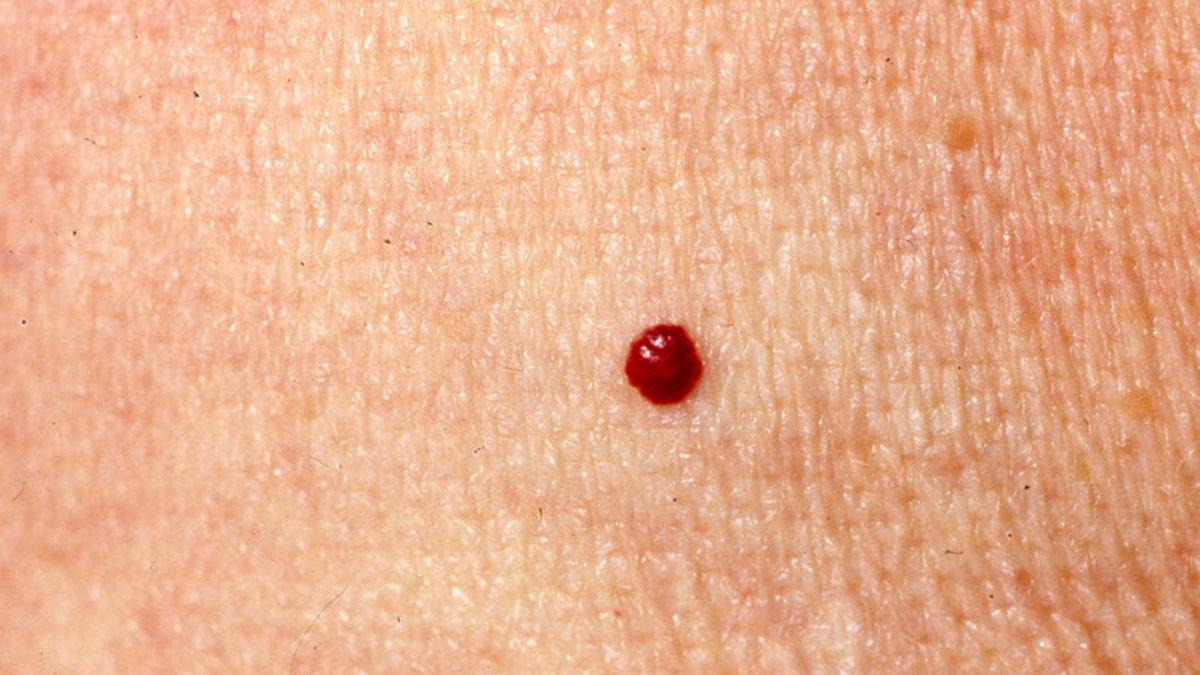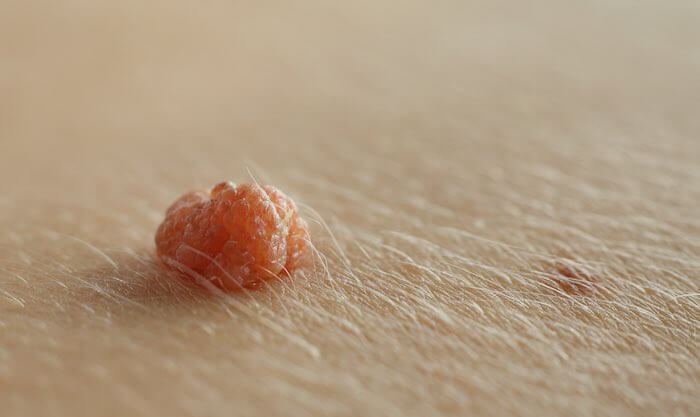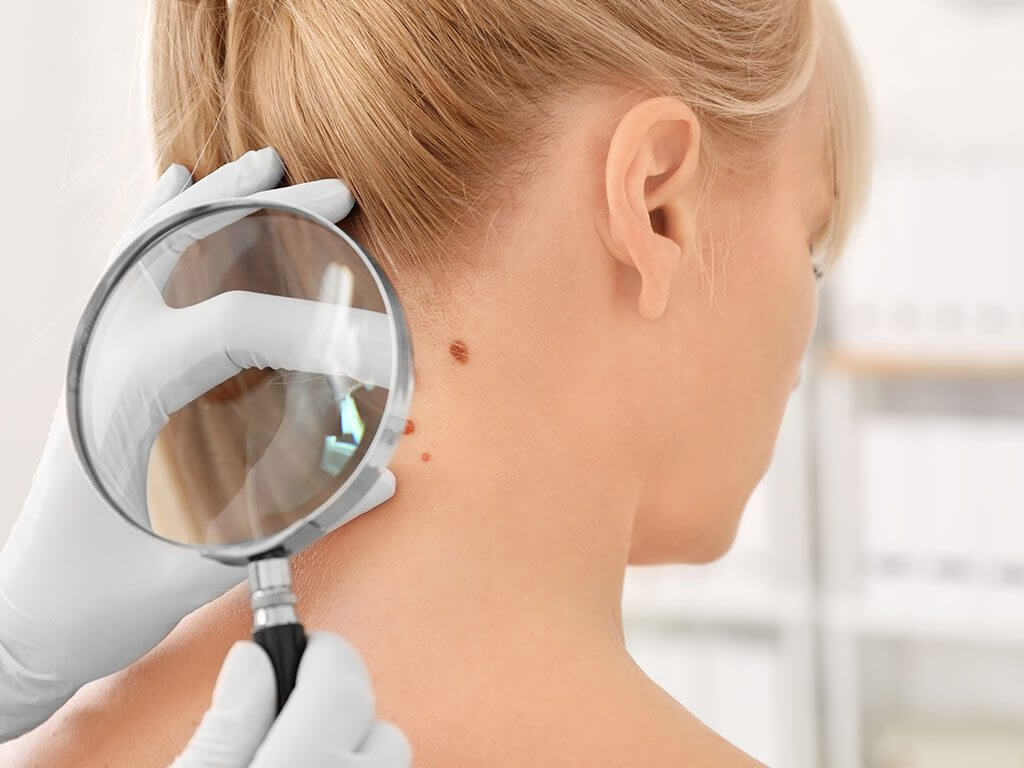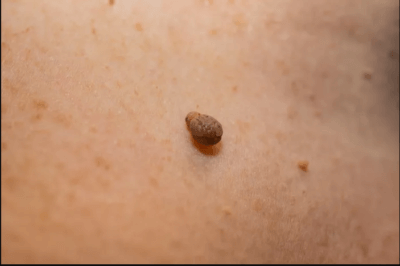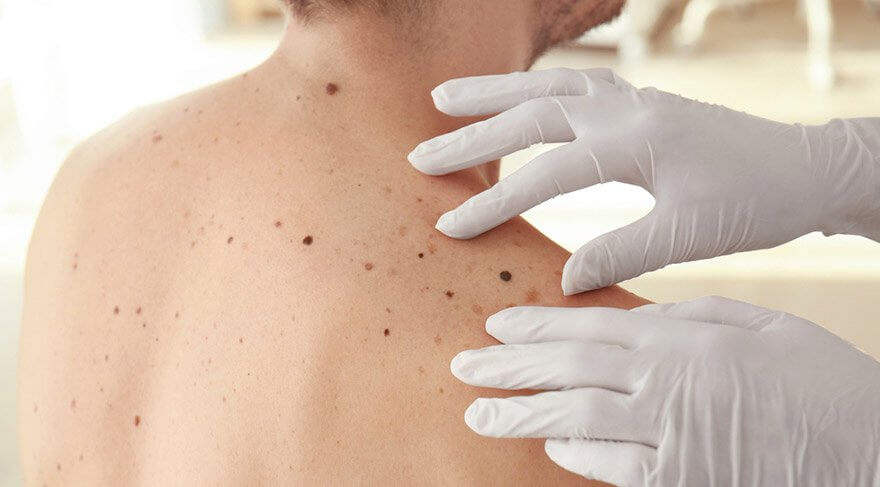The question of why moles appear on the body and how moles are formed is wondered by many. We have compiled everything that is curious about moles for you.
What is I (Nevus)?
Moles are skin tissues called nevus in medical language and formed by the union of pigment cells. It can occur from the moment we are born, as well as in later ages. If the number of moles in our family members is high, we are likely to have many moles on our skin.
Why do moles appear on the body?
Moles are usually brown and harmless. In the skin exposed to the sun, the melanocyte cells increase, causing the moles to multiply in number. Likewise, darkening in the color of moles is also observed. Sometimes they may appear due to the activation of hormones. However, the use of cosmetic products can also cause moles to increase. New moles can also be formed by the combination of melanocyte cells. Although the reason for this is not always known, it does not cause any harm.
Why do red moles appear on the body?
Red moles, called angiomas, are mostly genetically inherited. It is not known exactly why it occurs, it does not cause any problems. It is known that red moles are associated with wear and tear on the skin as you get older. It can also occur according to hormonal changes and geographical climates. This type of nevus, which is also called vascular nevi among the people, remains the same in size and does not change. Types of red moles; chery is divided into three as hemangioma and Port VienStein. Although it does not pose a danger, it is normal for it to bleed as a result of actions such as scratching and tampering.
Are Moles Dangerous?
Moles on the body are mostly benign. The change in their images can be benign as well as malignant. The prognosis of this type of cancer, which is called malignant melanoma and occurs in moles, is quite fast. Therefore, early diagnosis is very important.
From time to time, moles on each skin can take on a different appearance. It may consist of a harmless formation and does not cause any problems. Since we cannot understand the reason for the differentiation in moles, it must be examined by a specialist dermatologist. Whether it is dangerous or not can be understood with dermoscopy devices and examination.
How do we know if our moles are at risk?
In general, it is recommended to follow the moles that can undergo changes due to the sun. Differences in some new formations may require examination for an unusual appearance on an old mole. The following criteria should be considered in congenital or acquired moles:
- asymmetric moles
- Moles with uneven edges
- color difference
- size of mole
First of all, asymmetrical moles pose a greater risk than others. The fact that the mole is in normal symmetry indicates that there is no malignant condition.
Who is at Greater Risk?
First of all, fair-skinned people constitute the greatest risk group. Individuals with light eye color should also be careful in terms of skin cancer. Those with a family history of skin cancer should monitor the changes in their moles more closely.
Those who were exposed to a lot of sun as a child and those with freckles are also at risk. However, skin cancer is more common in people and countries that are exposed to the sun all year round. Those with too many moles are also considered a dangerous group by experts. It is very important to raise awareness of those who are constantly exposed to factors such as radiotherapy, arsenic and pitch.
When to go to the doctor for moles on the body?
For certain changes, such as in the nature of endangered moles, an expert checkup is recommended. Conditions such as darkening of the color of the existing mole, increase in its size, itching should be taken seriously. Likewise, bleeding and crusting of an existing mole can be one of the alarming signs. The wound on it and the formation of different colors on its surface are also points to be considered.
purple, red, black etc. Moles, which contain many tones, should definitely be shown to a dermatologist. Findings such as hardness and swelling on the surface of the mole should not be neglected.
Should Moles Be Removed?
It is possible to remove moles due to aesthetic appearance and various reasons. Although there is no harm in taking it, moles that are suspected of cancer should be removed by operation.
It is a comfortable procedure and bleeding is very light. The important point here is that the nevus is examined by a dermatologist. There are two options for removing a benign mole. The first of these is the laser method and the second is the surgical method. Moles that the specialist suspects are malignant go through the biopsy stage. If there is a pathological condition, it is removed by operation.
Why Do Meat Moles Come Out?
A mole is a type of nevus that appears raised on the surface of the skin and is completely harmless. It arises from collagen and is often genetic. It begins to appear at a young age and can occur at different periods.
Meat moles are more likely to be seen in conditions such as pregnancy, obesity, and type 2 diabetes. However, it has been observed that it is also a symptom caused by HPV. Picking flesh moles should be avoided as it may cause infection. If it is desired to be removed, the procedure should be performed with cryotherapy, surgery and various medical methods.
What Should Those Who Have Lots of Me Do?
People with more nevi on their body also have a higher risk of skin cancer. A more precise follow-up is required, especially in numbers of 100 and above. In such a case, some recommendations should be considered. The main ones to follow are:
- Avoiding sun exposure between 11:00 and 16:00
- Using high factor sunscreen
- Applying protective cream 20-30 minutes before going out in the sun
- Renewing the process at certain intervals during the day
- Using sun lotion/cream even in winter
- Not scratching moles, avoiding actions that may cause them to deform
People who do not have intense moles should also use sunscreens. Protection from harmful UV rays is of great importance for everyone’s skin health. For adults, even if they are not fair-skinned, a sunscreen/lotion with a factor of at least 15 should be preferred.
Although there is no harm in removing moles, a specialist dermatologist examination is essential. This method, which is performed with local anesthesia, has no drawbacks.
Healthy days…

